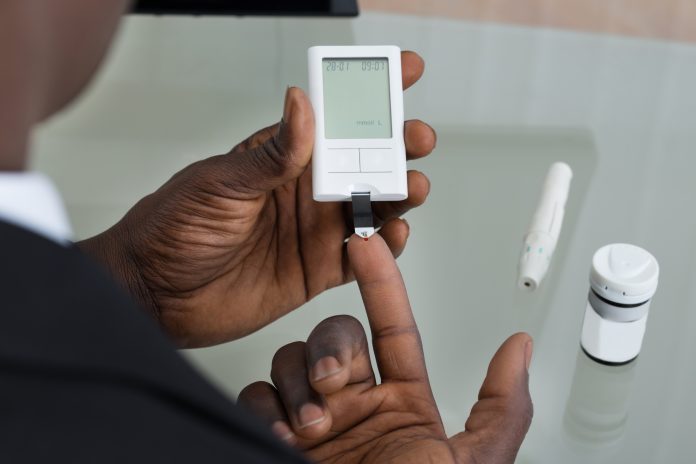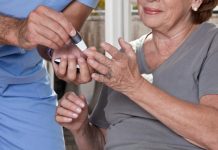New research funded by Diabetes UK has reversed scientists’ previous understanding of how Type 2 diabetes develops in black African people
Scientists currently believe that Type 2 diabetes develops because the body stops responding properly to the insulin it produces over time. This is called insulin resistance. But this study, published in Diabetologia, has revealed that insulin resistance is not the chief cause of Type 2 diabetes in black African people, as is the case for white populations.
Black African people are up to three times more likely to develop Type 2 diabetes than white European people. Previous research has suggested that this increased risk is due to black African people having greater insulin resistance than other ethnic groups. This greater insulin resistance was thought to result in even higher levels of insulin circulating in the body, and ultimately, to the development of Type 2 diabetes. However, the new study from King’s College London showed this to not be the case.
The researchers compared insulin resistance in men with Type 2 diabetes, 18 who were black African and 15 who were white European. They gave the men fixed doses of glucose over a four hour period and then looked at how much insulin the men produced in response to the glucose. They also looked at how their bodies processed glucose and fat, as well as within their liver, muscle and fatty tissue specifically. Finally, participants had MRI scans to assess their internal fat levels. The methods used allowed the researchers to directly measure insulin resistance, whereas the majority of studies to date were only able to estimate.
The researchers were expecting the black African men to have greater insulin resistance, as found in previous studies. But they found no differences in insulin resistance between the two groups. Previous research had also linked higher levels of internal fat to high insulin resistance in white European people. But again, this link wasn’t found: black African men had lower levels of internal fat on average and internal fat was not linked to high insulin resistance.
The findings go against scientists’ previous understanding of how Type 2 diabetes develops: high levels of internal fat cause insulin resistance, insulin resistance causes insulin levels to rise, and this leads to Type 2 diabetes. Instead, this new theory suggests that Type 2 diabetes may develop in ‘reverse order’ in black populations: high levels of insulin leading to insulin resistance. But the research team doesn’t yet know why insulin levels are high to begin with.
The research team now plans to carry out further work to confirm whether their theory is correct and establish the potential reasons behind the high insulin levels. If successful, this work highlights an urgent need for more research into how Type 2 diabetes develops in people of different ethnicities.
With this knowledge, scientists and healthcare professionals could move towards more tailored treatment strategies, leading to better care for people with or at risk of Type 2 diabetes from BAME communities.
Dr Louise Goff, Lead Researcher of the study at King’s College London, said:
“People of black African origin might be getting poorer care because we’re applying what we’ve learnt from white populations to everyone. Many approaches to treating or preventing Type 2 diabetes focus on tackling insulin resistance, but if this isn’t a driving factor for black African people, then targeting this isn’t going to be as effective.
“As a next step, we’re investigating insulin sensitivity at different stages, in black African and white European men without Type 2 diabetes and with pre-diabetes. This will help us to map how Type 2 diabetes progresses in black Africans, and further unpick how and why this differs from white populations.”
Dr Elizabeth Robertson, Director of Research at Diabetes UK, said:
“We always need to strive for the best possible care for everyone with, or at risk of, Type 2 diabetes, and finding out more about what causes the condition in people of different ethnicities is an essential part of that process.
“There is still more to be done in terms of understanding how and why Type 2 diabetes develops differently in black African people, and why this puts them at increased risk. But this research helps us to build on our current knowledge, so we can improve care even further and move towards more personalised Type 2 diabetes treatment and prevention strategies for people of BAME backgrounds in the future.”
Editor's Recommended Articles
-
Must Read >> Type 2 Diabetes now affects 7,000 under 25s
-
Must Read >> Diabetes: The patients’ perspective
-
Must Read >> NHS England Diabetes Prevention Programme
















